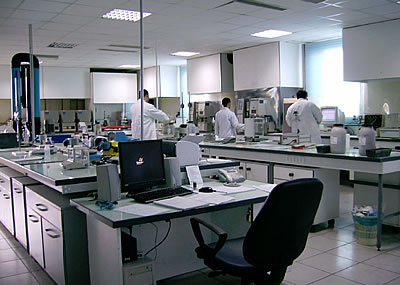Our laboratory will do a FREE initial evaluation of your catalyst samples to verify the regenerability.
A comprehensive sampling and analysis procedure is the key to the correct diagnosis and to give to you all information to evaluate what to do with your catalyst.
After the pre-job analysis a report, including the informed opinion about the regenerability of the catalyst, is forwarded to the customer.
Please contact us to have our sampling procedure, which will be optimized upon your needs.
The representative samples will have to be sent to:
Attn. Laboratory ECORIGEN
c/o Raffineria di Gela
93012 Gela (CL) Italy
Telephone: +39 0 933846005
Fax: +39 0 933846067
An extensive set of analyses is carried out on your catalyst before and after each treatment. If you require any additional analyses not included in the default sets described below, please note that ECORIGEN has both in-house and external facilities available to carry out specific analyses and performance tests on demand Regeneration quality control
The following tests are carried out:
On a representative sample of the spent catalyst:
On a representative sample of laboratory regenerated catalyst:
All of the above tests are carried out on site at ECORIGEN upon receipt of the catalyst. Not only do they serve as a basis to determine the regenerability of the catalyst (for which we will request your green light), they also help us optimize the operating conditions for each regeneration step and give a good view of the catalyst's behavior during treatment.
After the treatment, the following tests are performed on a representative sample of the industrially regenerated catalyst:
During the regeneration samples are taken at regular intervals and tested in the laboratory by specially trained operators. Carbon, sulfur and surface area are controlled and corrective actions are taken if necessary. After the regeneration a complete report including the mass balance and analyses is forwarded to the customer.
We have several pilot plants where we can actually hydrotreat gasoil with hydrogen in small-scale reactors filled with different catalysts. We can also test activity/selectivity of other catalysts e.g. hydrogenation. The result is an activity percentage versus the fresh reference catalyst. This percentage can be converted to a delta weighed average bed temperature as you would observe it in your reactor. This gives you a very good indication of the expected performance.

